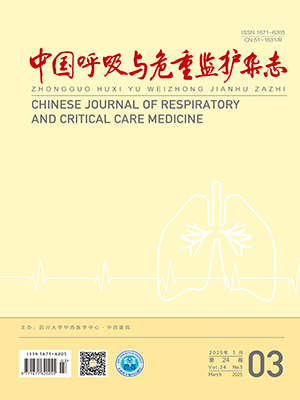Objective To analyze the species distribution and resistance of the pathogens isolated fromblood cultures of the patients in intensive care unit ( ICU) , and provide a basis for prevention and control of bloodstream infections in critically ill patients.
Methods The data of blood cultures of the patients in ICUduring January 2009 to December 2011 was investigated retrospectively.
Results In the last 3 years, positive rate of blood cultures of ICU patients was 15. 4% , 15. 7% , and 17. 6% respectively. Among the isolates, Gram-positive bacteria were predominant ( 52. 3% ) , followed in order by gram-negative bacteria ( 33. 1% ) and fungi ( 14. 7% ) . Aerobe and facultative anaerobe were the predominant bacterial isolates ( 99. 7% ) . Enterococcus faeciumand Staphylococcus spp. were the most common gram-positive bacteria, and 4. 5% of E. faecium isolates were resistant to vancomycin. Rate of methicillin-resistance for S. aureus and S. epidermidis was 73. 5% and 93. 7% respectively. In terms of gram-negative bacteria, Acinetobacter calcoaceticus- A. baumannii complex were the leading species, 96. 9% of the isolates had multi-drug resistance and 14. 1% of the isolates had extra-drug resistance. Klebsiella pneumonia and Escherichia coli isolates were less frequently isolated and those producing extended spectrum beta-lactamases accou ted for 70. 3% and 80. 0% of the isolates respectively. Candida spp. was the most common fungi isolates ( 96. 7% )with an annual change of species distribution and declining susceptibility to azoles.
Conclusions Gram-positive bacteria should be the major target for prevention and control of bloodstream infections in critically ill patients. Whereas, more attention should be paid to the infection caused by candida spp. and multidrug resistant gram-negative bacteria.
Citation: HE Chao,CHEN Zhixing,GUO Peiling,XIE Yi,KANG Mei. Distribution and Resistance of Pathogens Isolated from Blood Cultures of Patients in Intensive Care Unit. Chinese Journal of Respiratory and Critical Care Medicine, 2012, 11(2): 153-156. doi: Copy
Copyright © the editorial department of Chinese Journal of Respiratory and Critical Care Medicine of West China Medical Publisher. All rights reserved




